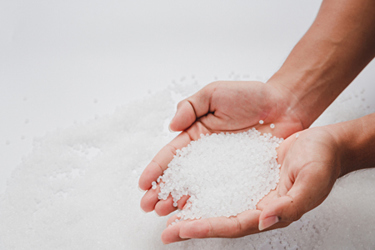Exploring The Benefits Of Polyurethane Thin-Film Welding For Medical Device Applications

Thermoplastics have played a pivotal role in the evolution of flexible medical products since the 1960s. Their introduction marked a significant shift in medical technology, beginning with the replacement of glass bottles by plasticized polyvinyl chloride (PVC) blood storage bags. This innovation not only improved safety and convenience but also paved the way for broader applications of thermoplastics in healthcare. By the 1970s, PVC had become the preferred material for products like Band-Aids®, which offer flexibility and ease of use.
As medical needs evolved, so did the applications of thermoplastics. The use of organ bags, drug-delivery patches, and breathable films for wound care expanded rapidly, driven by the demand for more efficient, hygienic, and patient-friendly solutions. This surge in usage highlighted the versatility and adaptability of thermoplastic materials in meeting the stringent requirements of the medical industry. Today, thermoplastics are integral to a wide array of medical devices and applications, particularly those that demand high standards of biocompatibility, hemocompatibility, durability, and mechanical strength.
Discover how thermoplastics continue to be at the forefront of medical innovation in life-sustaining devices like total artificial hearts, to innovative treatments such as intragastric balloons.
Get unlimited access to:
Enter your credentials below to log in. Not yet a member of Med Device Online? Subscribe today.
